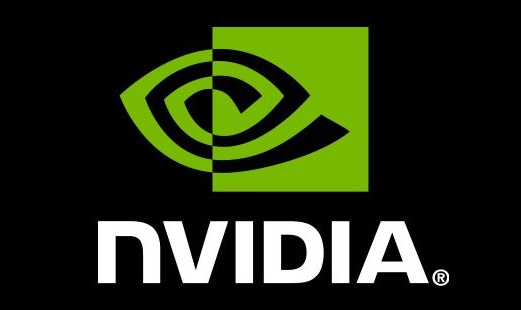Daimler and Nvidia revealed a deal on Tuesday to develop and gear up the German company’s Mercedes-Benz cars with a next-generation chip and software platform that could ultimately be used to help vehicles drive by themselves.
The move is a response to Tesla’s ability to assemble custom-designed chips with thousands of lines of code, which has permitted the American electric automaker to develop new features more quickly than its competitors.
While Daimler and German competitors Volkswagen and BMW have criticized Tesla’s aggressive marketing of its “autopilot” features, they have been having a hard time to match the speed with which the U.S. automaker brings innovations to market.
Because of instantly upgradeable software, Tesla’s cars boast a longer operating range and more entertainment options compared to its rivals, even as it struggles to increase production. According to Volkswagen, Tesla is a decade ahead of the competition.
In a bid to narrow the gap, Mercedes, the world’s oldest automaker, has taken the unprecedented step of sharing its intellectual property with an outside technology company in exchange for access to Nvidia’s computer processors and its software engineers expertise in artificial intelligence.
That’s a huge change from established automakers’ standard approach of going alone, or partnering with other suppliers and manufacturers, and marks an attempt to keep up with Tesla, and deep-pocketed tech companies such as Amazon and Apple.
Mercedes, Volkswagen, and Audi have so far used a patchwork approach, assembling vehicle platforms initially designed for combustion engine drives with electric automobile software and components largely developed by third party suppliers.
Instead of designing a new vehicle from the ground up, German automakers have tried to create together software from suppliers of camera and radar sensors, which has made it difficult to upgrade their vehicles than if they had used a comprehensive, upgradeable vehicle operating system.
Software and processing power is achieving more importance, much because of automated driving, which requires radar, ultrasonic, camera, and lidar sensors to interact with each other and also for managing competing demands for battery power.
With zero-emission vehicles, electricity is not just consumed through acceleration, but also by cooling the battery, operating air conditioners, seat heaters, in-car infotainment, image recognition, and semi-autonomous driving functions.


